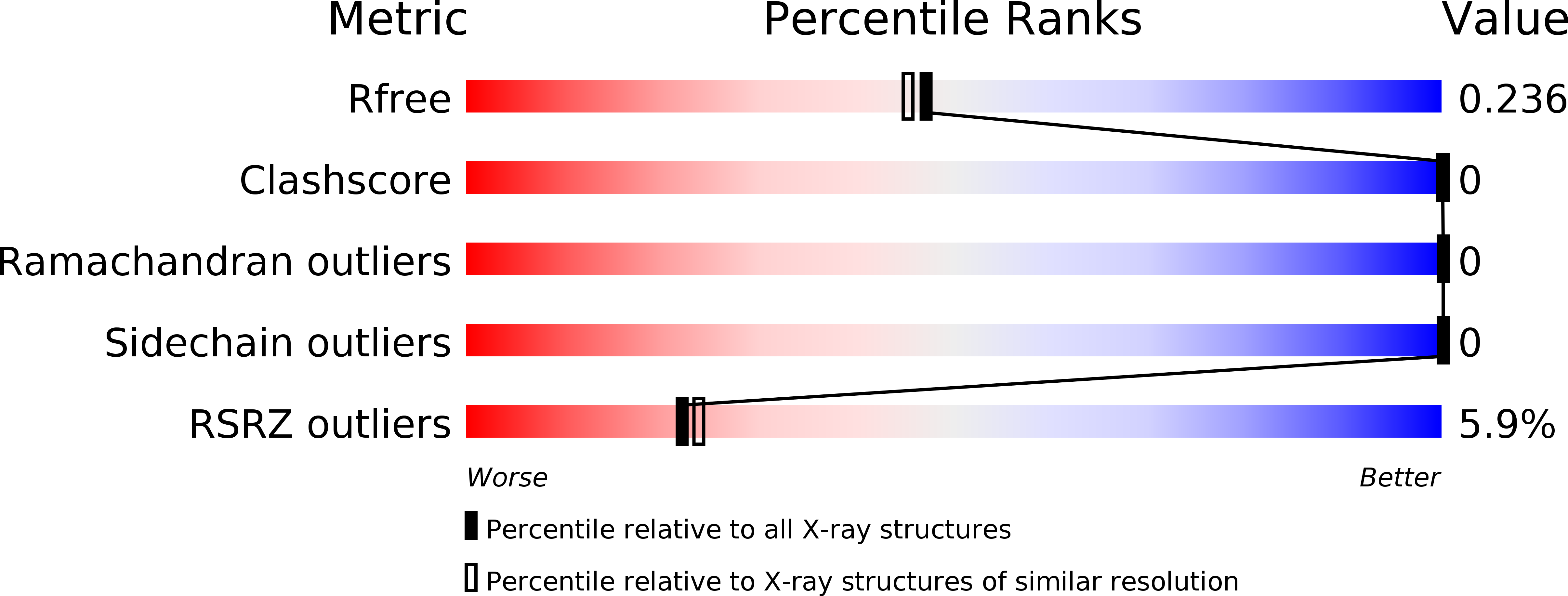
Deposition Date
2018-06-21
Release Date
2019-03-20
Last Version Date
2024-05-01
Entry Detail
PDB ID:
6GVL
Keywords:
Title:
Second pair of Fibronectin type III domains of integrin beta4 bound to the bullous pemphigoid antigen BP230 (BPAG1e)
Biological Source:
Source Organism:
Homo sapiens (Taxon ID: 9606)
Host Organism:
Method Details:
Experimental Method:
Resolution:
2.05 Å
R-Value Free:
0.23
R-Value Work:
0.22
R-Value Observed:
0.22
Space Group:
C 1 2 1


